History of Dances in Singapore
Singapore has had a unique history of its own when it comes to dancing as an art form. A united anti-colonial movement for multi-cultural activities was initiated by the Singaporeans post the World War II period. Further on, in 1959, a Ministry of Culture was formed to motivate the conservation and promotion of Chinese, Malay and Indian dances. Western Modern Dance was not mainstream yet in Singapore during the time. Western influence was until then discouraged and tagged to be undesirable.The most significant milestone happened when, in 1963, the Singapore government built its first National Theatre showcasing the local and regional ethnic dance and its development. The first Southeast Asia Cultural Festival was held in Singapore after this significant breakthrough encouraging fine arts, especially dance. Finally, in the 1970s Singapore witnesses the development of its full-time People's Association Dance Company. The National Dance Festival was organised in 1978 which gradually went on to be called the Festival of Asian Performing Arts and is presently called the Singapore Art Festival.
Dances of Singapore
In the 1980s, traditional dances followed suit. Singapore had a predominant culture of majorly Chinese as well as other Asian cultural influences from India, Malaysia, and other countries. It engulfs various traditions and techniques of different dance cultures in Singaporean form. Here’s a list of Singapore’s traditional dances.With a lot of influx of the Chinese population, dance forms in Singapore were majorly influenced by Chinese traditions and cultures. The most common dance form is the Lion dance.
Chinese Influence
1. The Lion Dance for Luck and Fortune
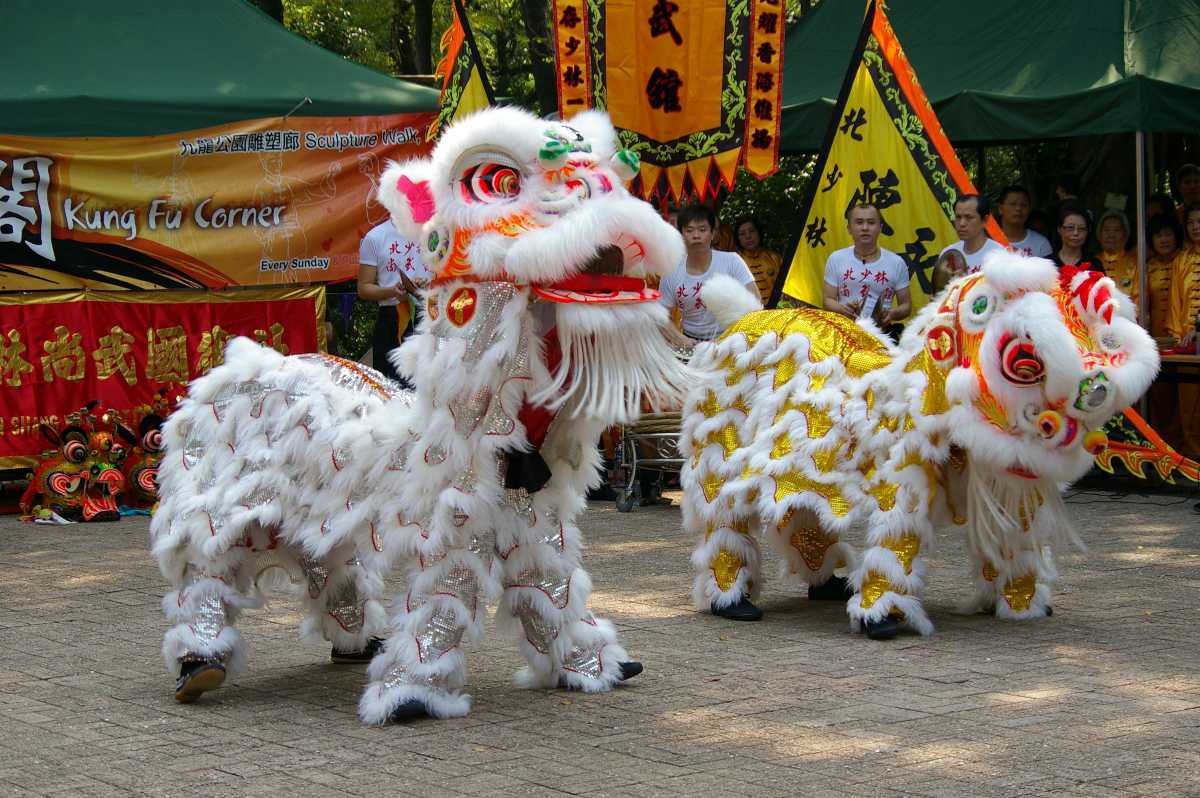
Two prime dancers hold the lion, and it bears a tail. It is mainly different from the dragon dance. The two lion versions are the northern and the southern lion. Singapore usually has a southern lion. The southern lion is the one-horned monster. It is crafted with a lot of paper-mache on a bamboo cut out. The colour of the lion is said to signify the age and type of it. It differs according to various occasions since the ritual is attached to bringing luck.
Malaysian Influence
With a lot of neighbouring influence, Singaporean dances were inspired by Malaysian forms representing a lot of their clothing and music. The two primary Malay dance forms were Zapin Singapura and Peranakan dance.2. Zapin Singapura- The Malay National dance
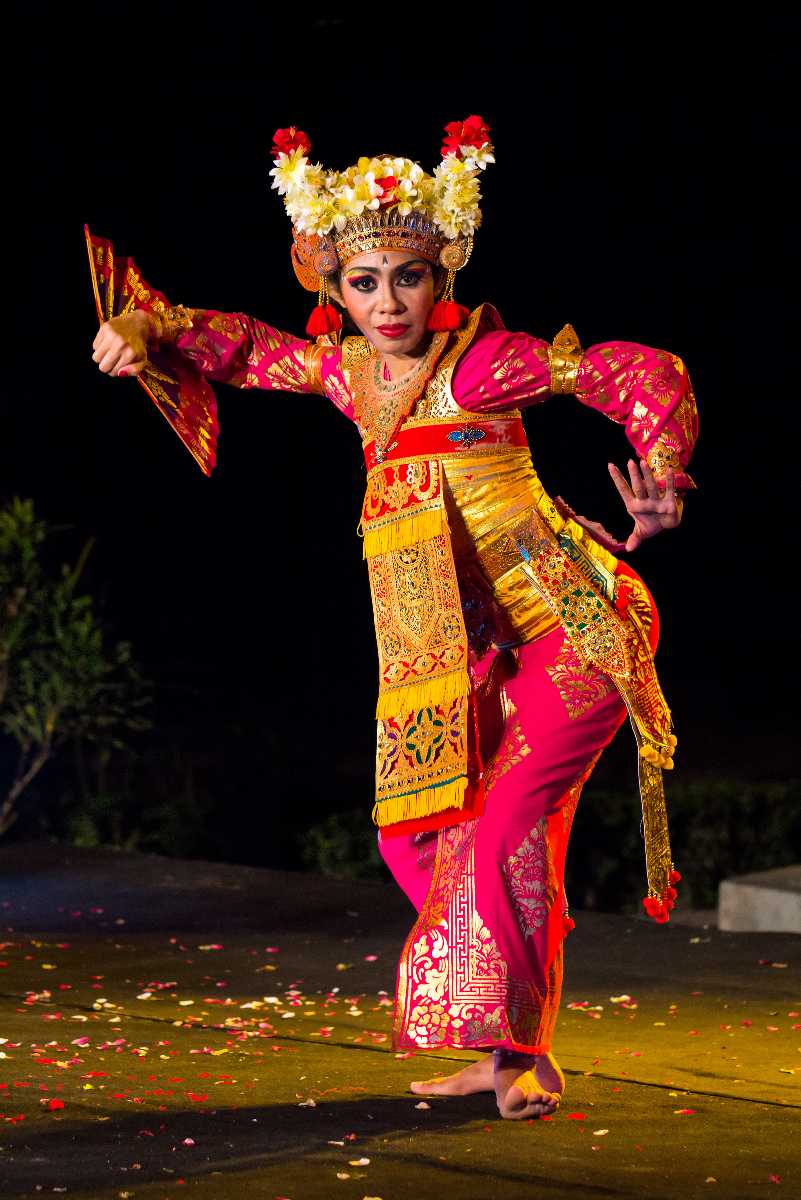
The dance is performed in pairs. The outfit is a straight gown with an overwrap of another piece of clothing over it. Various kinds of musical instruments all also accompany it played together like an orchestra. The musical instruments used are guitar, Gambus, rebab, accordion, bass, synthesiser, Marwas (bongos), Rebana (drum) and the Dok.
There are various forms of Zapin, few of which are Zapin Pulau, Zapin Malayu Johar, Zapin Lenga, Zapin Pekajang, Zapin Arab, Zapin Sekaki (North Sumatera), Zapin Pesisir (Riau Islands Province), and Zapin Tembung.
3. Peranakan Dance - The Poetic Dance Form
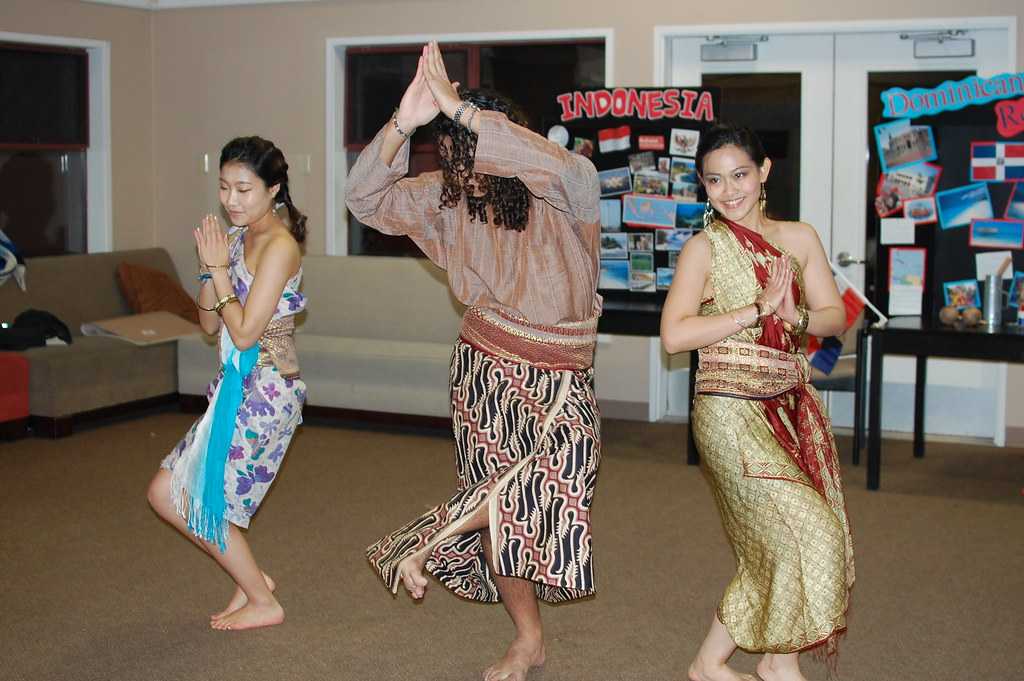
The dance is performed during different ceremonial affairs like wedding dinners, birthdays and anniversaries. The costumes are Malaysian batik sarongs which are a batik wrap-around dress and 3 Kerosangs that are brooches and Peranakan beaded slippers called Kasot Manek. The dresses are floral ensembles and the footwear consisted of colours influenced by Peranakan porcelain. It was the Dondang singing styles at the ceremonies with singers which are complemented by a small orchestra of musicians playing the violin, the traditional Malay hand drums (Rebana) and the gong. The main instruments were primarily accompanied by guitars, western drums, an accordion, tambourine, and a flute.
Indian Influence
A lot of Singapore’s settlement comprises of South Indian, thus having Indian forms in the list of dances of Singapore. They were slowly transformed into a traditional Singaporean dance merging Tamil ethnicity with that of Singapore’s. The dances included Bharatnatyam and Kathak. They were earlier performed in temples as ritual performances to the Goddesses. The two diverse and traditional Indian dance forms are now mainly staged across the state.4. Bharatanatyam - An Expressive Classical Form
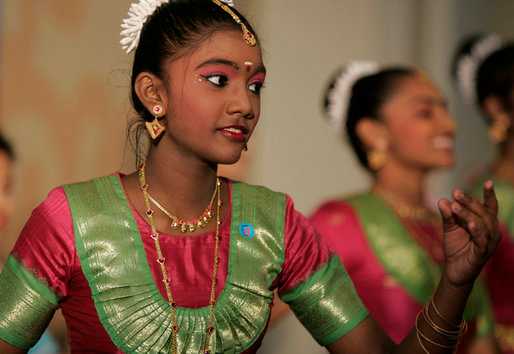
Bharatanatyam involves a lot of hand movements, facial expressions, footwork on beats and the fixture of the upper torso. The mudras and nritta’s are a crucial factor of the dance form. It involves a sequence of performance wherein the dancers first invoke blessings and apologise to mother Earth for stamping it, followed by the performance and finally by chanting a shloka for thanking the audience.
The attire is a saree that is tightly draped and fixed with a belt around the waist. Heavy ornaments also complement it, the most important being the foot leather belts or Ghungroos, flowers called Gajra in the hair and identical jewellery on the neck, ears, and head and some bangles for the wrists.
5. Kathak - Storytelling Through Dance
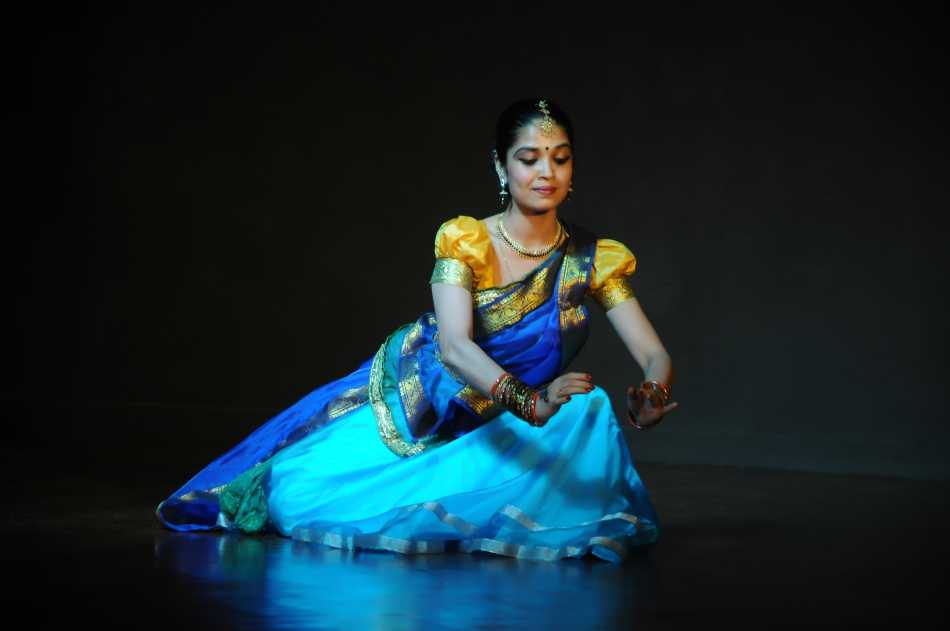
The main emphasis of this dance in Singapore is on the footwork which is highlighted by the Ghungroos and the graceful body movements. Gestures of the arms turn and bends are other essential components of this dance form. It is not just dance but a lot of acting is involved in order to tell a story to the audience alongside the dance. Kathak involves both men and women. The attire for women is usually a sari which is hung on the left shoulder and not so tightly wrapped. Minimum jewellery, bindi, with earrings and bangles are worn. For men, it is minimal with just a dhoti, kurta and jewellery at times. Musical instruments include the Tabla, cymbal, harmonium that is in sync with the tai and beats.
6. Western Classical Styles - Ballet
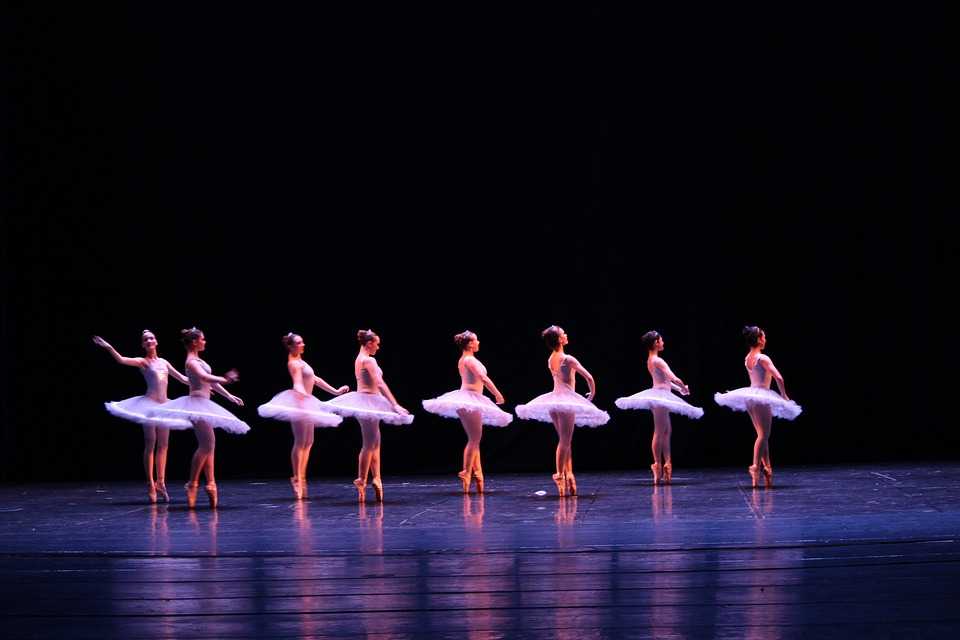
In 1998, a ballet company called Singapore Dance Theatre held the baton of representing ballet and spreading the art of this form of dance of Singapore. It involves rigorous training and teaching as ballet is not an easy dance form. It includes mime and acting as well. It includes modern dance, footwork and turns in of the legs. One needs to be extremely flexible to perform ballet.
The costumes are made of subtle colours. They are more like ballerina skirts which evolved into knee-length tutus. Full-length stalkings are worn with ballerina shoes underneath. Jewellery worn is minimal to none. It is a graceful dance form and the music accompanied is classical music with French dialects.
The Singapore Arts Festival
The Singapore Festival of Dance evolved to be called the Singapore Arts Festival. This is an annual festival of Singapore aims at bringing together dancers, choreographers and learners from different ethnicities and cultures to represent their dance form to learn and impart knowledge of other dance forms to each other.Dates for 2020: 15th - 31st May 2020Without a doubt, Singapore is home to different cultures and ethnic groups. The forms of dances in Singapore are impressive and expressive. They hold the great identity of various natives making it a very homogenous culture. With different techniques, graceful movements, stunning attires, props and masks, one is sure to get attracted to these dance forms. So if you want to witness them live, head to the multi-cultural Singapore and enjoy performances in some nook or cranny of the island.
